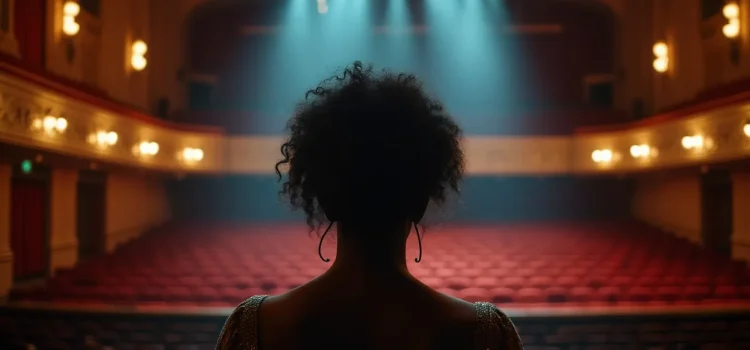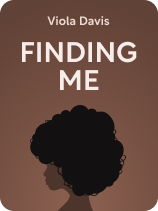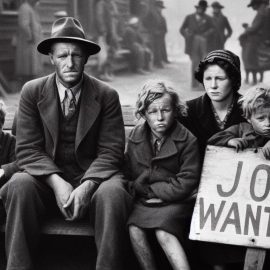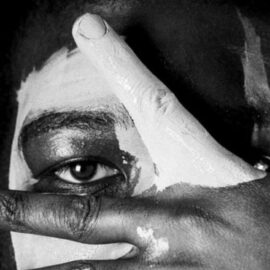

This article is an excerpt from the Shortform book guide to "Finding Me" by Viola Davis. Shortform has the world's best summaries and analyses of books you should be reading.
Like this article? Sign up for a free trial here.
How did Viola Davis’s journey to Juilliard begin? What challenges did she face as a Black student at the prestigious institution?
Viola Davis’s time at Juilliard was a pivotal moment in her acting career. Her experience there shaped her perspective on art and identity, leading to a transformative trip to Gambia and a breakthrough performance.
Read on to discover how Davis’s Juilliard experience influenced her growth as an artist and her views on representation in the arts.
Viola Davis at Juilliard
For Viola Davis, Juilliard provided an educational experience she didn’t expect. After graduating from Rhode Island College, Davis continued to pursue acting. She got her first professional acting job with Trinity Repertory Company, a renowned regional theater in Rhode Island. But Davis wanted to land bigger roles. Following advice from a friend, she decided to apply to Juilliard, a renowned school for performing arts. (She applied to only one school because she could afford only one application fee.) She took the train from Rhode Island to New York, completed a brief 45-minute audition, and was back in Rhode Island the same day to be on time for her evening performance at Trinity Rep. Davis says she knew as soon as her audition was over that she would be accepted to Juilliard.
| The Juilliard School Founded in 1905 as the Institute of Musical Art, The Juilliard School aimed to offer high-quality music education in the US similar to European conservatories. Initiated by Dr. Frank Damrosch, the school sought to train American talents for symphony orchestras. Then, thanks to a large donation from magnate Augustus D. Juilliard, the Juilliard Graduate School was created in 1924 and merged with the Institute of Musical Art in 1946, adopting the name The Juilliard School. In 1969, the school relocated to New York City’s Lincoln Center for the Performing Arts. The curriculum expanded to include dance and drama in 1951 and 1968 respectively. Juilliard continues to maintain a strong reputation and central role in the American arts community. The school boasts a slate of impressive alumni, including acclaimed cellist Yo-Yo Ma, ballet dancer Mikhail Baryshnikov, and actors Robin Williams, Kevin Kline, Adam Driver, and, of course, Viola Davis. |
Davis attended Juilliard from 1989 to 1993. In reflecting on her time at the prestigious institution, Davis emphasizes how challenging it was, not only because of the rigorous coursework and time commitment, but also because Juilliard’s standards for acting were based on white cultural norms. Davis explains that, while she was asked to stretch in new ways as an actor, she was also asked to diminish her blackness, to mold herself into the ideal of a white actor. According to Davis, Juilliard taught only a Eurocentric theater canon; any work outside of that scope wasn’t considered worthy of consideration. While earlier experiences of racism had made Davis feel small, her experience at Juilliard made her angry.
| The Debate Over Racism at Juilliard Juilliard has continued to face criticism for what alumni and students have called racist practices. After the murder of George Floyd in 2020, the school, like many institutions, expressed its commitment to antiracism, introduced diversity curricula, and offered a series of workshops. Many students felt the changes didn’t go far enough. Furthermore, a problematic workshop that involved an auditory recreation of the African slave trade upset many Black students. The school canceled future workshops and issued an apology. The workshop incident sparked outrage and students issued a list of demands, including an end to colorblind casting and the implementation of more comprehensive and historically accurate educational content that fully represents the contributions and experiences of Black individuals and communities. Critics argued these demands could restrict artistic freedom by prioritizing identity over creative exploration. The controversy reflects a wider debate on balancing tradition and progress within the arts. Juilliard continues to face pressure to overhaul its classical curriculum to better represent Black students, mirroring calls for radical change across the theater world for greater diversity. |
Davis was looking for a different kind of experience. She wrote an essay about her experience as a Black woman at Juilliard and earned a scholarship to pursue a professional development opportunity outside of her normal coursework. The summer between her sophomore and junior year, Davis traveled to Gambia with a small group of students to study the dance, music, and folklore of several West African ethnic groups, including the Wolof, Jola, Mandinka, and Sousou.
(Shortform note: In Gambia, traditional music and dance are deeply intertwined, showcasing the diverse cultural heritage across various ethnic groups. Despite each group having distinct drumming tunes and dances, a popular form involves dancers forming a circle or semicircle around drummers, taking turns to display energetic footwork and hip movements. Appreciation is shown through throwing head scarves (Mussour) into the ring. While Mandinka dances focus on arm movements and footwork, Wolofs emphasize hip movements, with performances being a community affair involving both genders.)
Davis describes the trip as an awakening. For the first time, Davis saw blackness as something beautiful that should be celebrated. Moreover, as she learned about and practiced the dances and other art forms of West Africa, she recognized that art didn’t have to be dictated by an enforced and arbitrary standard, but rather could be born out of human experience—the innate desire and need to express oneself. Art, Davis realized, should be an expression of what makes us human.
(Shortform note: Davis’s exploration of the transformative power of art resonates with Leo Tolstoy’s insights in What Is Art?, originally published in 1897. Tolstoy argues that the essence of art lies in its capacity to communicate emotion and unite people through shared experience. Like Davis, he criticizes the elitism of institutional art standards, advocating instead for art that’s accessible, comprehensible, and, above all, sincere in its emotional representation. For Tolstoy, the true value of art is found in its ability to foster empathy and understanding, bridging societal and cultural divides.)
Upon her return to Juilliard, Davis presented a one-woman performance, which she described as the culmination of everything she’d learned in West Africa. The performance was met with critical acclaim, leading to her recruitment by Mark Schlegel of the J. Michael Bloom Agency. The highly regarded New York talent agency was so impressed that Schlegel offered her a contract even before she had graduated from Juilliard.
(Shortform note: In an appearance on the “Hot Ones” series, where celebrities are interviewed while consuming increasingly spicy chicken wings, Davis describes how impactful her one-woman show was for her confidence. Davis recalls the immense challenge and thrill of being the sole performer onstage playing 17 different characters, with no fellow actors for support and relying solely on her interaction with the audience. This experience, she noted, imbued her with a sense of invincibility and confidence. Her performance received rave reviews and standing ovations.)

———End of Preview———
Like what you just read? Read the rest of the world's best book summary and analysis of Viola Davis's "Finding Me" at Shortform.
Here's what you'll find in our full Finding Me summary:
- The story of Viola Davis’s rise from the depths of poverty to the heights of Hollywood stardom
- How acting became a beacon of hope for Davis and a path toward self-discovery
- What Davis does beyond her acting career






